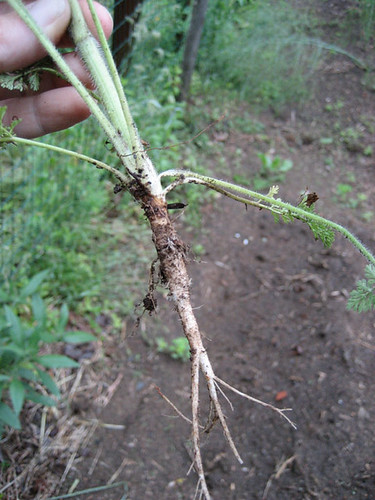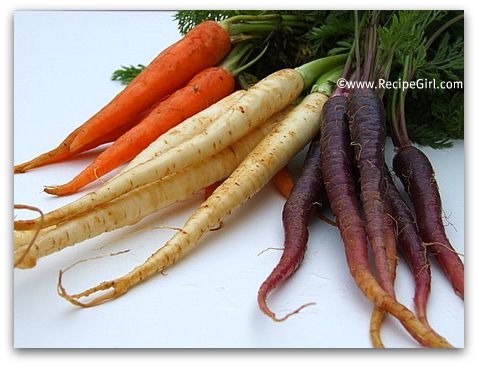You know I enjoy the wild flowers of spring. And I think I've mentioned how much I like wild strawberries. Of course by the same token, I quite enjoy tame strawberries and since I blog about gardens, it is obvious I appreciate all the flowers that have been bred up from their humble little wild cousins.
In order to phenotypically (outward appearances) improve a plant, there must be a fair bit of genetic variability (genotype) in the original plants. Let's examine irises. There are several types of wild irises throughout the world. Here in North America we have the old standard blue flag. However within populations the flowers can vary from almost white, to the darkest of purples, with every shade in between. As well there is a wild yellow iris, that most of you who have lily ponds have probably inadvertantly introduced to your environment. This yellow flag, while it is beautiful, can quickly become invasive in wet areas.
| Wild blue flag iris |
A few decades back, that is all we had, but some enterprising gardener saw potential and started crossing and keeping the desirable stock, and in a few carefully selected generations we had the following wonderful specimen and all its colourful siblings.
| The well bred city cousin |
 |
| Wild carrot |
 |
| New improved multi-coloured modern day carrots |
 |
| Long distance cousins? |
Now if we could just improve the common old dandelion. However I note, there are no colour or other obvious variations in any given population, so the genetic material is probably very stable, and thus not really hybridizable (is that a word). I suspect within a few years though, that someone will come up with a new and improved dandelion, that will be self-sterile, bloom all season long, and available in three exciting new shades. Imagine the possibilities, especially when you combine that with its current traits: hardy to Zone 1A, deep rooted, able to withstand extreme drought, and adaptable to the virtually any environment and abuse.
And that is about all I have to say for today.
Musings and meanderings from the Musical Gardener.

Amazing what hybridization leads to! Which reminds me, I should plant some carrots seeds today!
ReplyDeleteYou have some great irises on your blog posts. Something I need to add to my garden. The plant boxes shown on your 16 June post are really good. All the best, Kelli, Northern Ireland.
ReplyDeleteI didn't know Queen Anne's was wild carrot. Mmm. Also, in my organic box a couple of weeks ago was lamb's quarter. You said you have some laying around acting like a weed. It is great salad fare and very nutritious. I had never tried it before.
ReplyDeleteThanks for the blog loaded with so many information. Stopping by your blog helped me to get what I was looking for. citronella plant
ReplyDelete